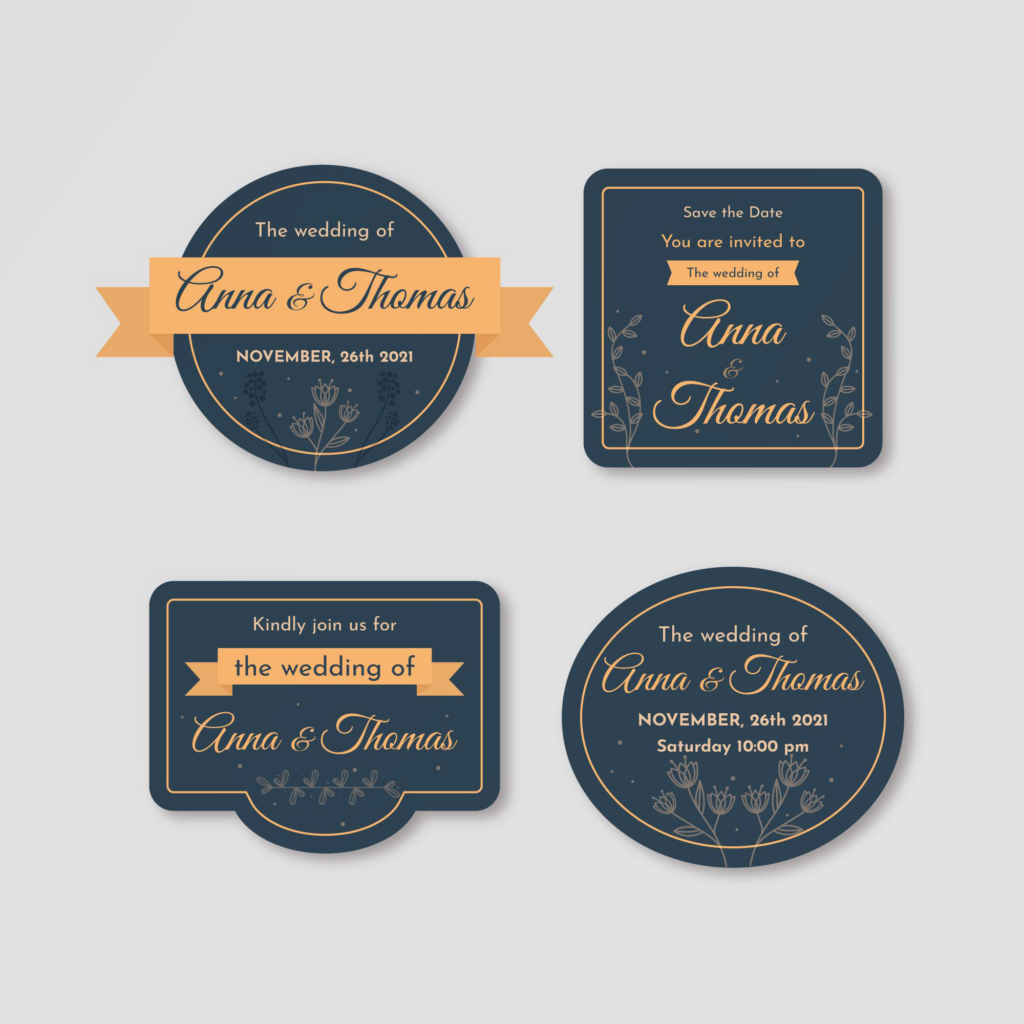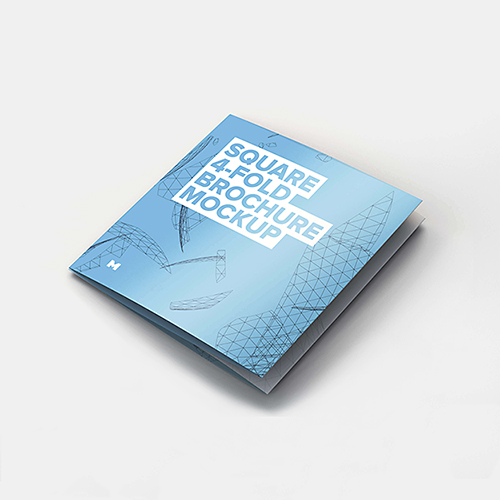Have you ever dreamt of building your own treehouse or designing a wacky go-kart? Maybe you’re itching to fix up your bike or even build a birdhouse for your feathered friends! Whatever your awesome project might be, blueprints are your secret weapon. Think of them like a super detailed map that guides you every step of the way.
But hold on a second! Blueprints come in all shapes and sizes, just like projects themselves. Before you dive headfirst into building, it’s crucial to choose the right blueprint format. This might sound complicated, but fear not! This guide will be your compass, helping you navigate the world of scales and specifications so you can confidently conquer your next project.
Choosing the Right Blueprint Format: Understanding Scales and Specifications
Imagine shrinking your entire house down to the size of a shoebox. That’s kind of what a blueprint does! It takes a real-life object (like a house, a robot, or even a pair of shoes) and shrinks it down to a size that’s easy to work with on paper. This shrinking process is called scale.
Blueprint Scales Explained (Made Easy!)
Blueprint scales are written like fractions. For instance, a scale of 1:2 means that every 1 unit (like an inch or a centimeter) on the blueprint represents 2 actual units of the real object. So, if a wall on your blueprint measures 2 inches long at a 1:2 scale, the actual wall would be 4 units (2 x 2) long in real life.
Here’s a handy trick to remember different scales:
- Big stuff, small scale: When you’re working on something massive, like a house, you’ll likely use a smaller scale like 1:50 or 1:100. This means 1 inch on the blueprint represents 50 or 100 actual units!
- Medium stuff, medium scale: For projects that are a bit smaller, like a bookshelf or a fancy birdhouse, a scale of 1:25 or 1:10 might be perfect.
- Small stuff, big scale: For tiny projects like gears, model airplanes, or intricate jewelry, you might use a larger scale like 1:1 or even 2:1. This allows you to see all the little details clearly.
Don’t Forget the Specifications!
Blueprints are more than just shrunk-down pictures. They also include important written instructions called specifications. These specifications tell you exactly what materials you need (like wood, screws, or paint) and how big each piece should be. Think of them like a detailed shopping list and instruction manual all rolled into one!
Finding the Perfect Blueprint Format
Now that you know about scales and specifications, how do you choose the right blueprint format for your project? Here are a few things to consider:
- The size of your project: As mentioned earlier, the size of what you’re building will influence the scale you choose. For giant projects, smaller scales are your friend. For tiny projects, bigger scales are better.
- The level of detail: Some projects, like robots or model airplanes, require a lot of intricate details. For these, you might choose a larger scale to see everything clearly. For simpler projects, a smaller scale might be just fine.
- The available space: Think about where you’ll be working on your project. If you have limited space, a smaller scale blueprint might be easier to manage.
Blueprint Formats: A Visual Guide
Let’s take a look at some common blueprint formats and how they might be used:
- Architectural blueprints: These blueprints use small scales (like 1:50 or 1:100) to show the layout of entire buildings. They include detailed specifications for walls, doors, windows, and more.
- Furniture blueprints: These blueprints use medium scales (like 1:25 or 1:10) to show the design and construction of furniture pieces like chairs, tables, and bookshelves. They include specifications for materials, dimensions, and assembly instructions.
- Mechanical blueprints: These blueprints use a variety of scales depending on the complexity of the machine. They show how different parts fit together and include specifications for materials, sizes, and tolerances (how much wiggle room there is when assembling the parts).
Ready to Blueprint Like a Pro!
Now you’re equipped with the knowledge to conquer any project! Remember, the right blueprint format is like a secret code that unlocks the door to building success. By understanding scales and specifications, you can choose the perfect blueprint to guide you every step of your business.



















